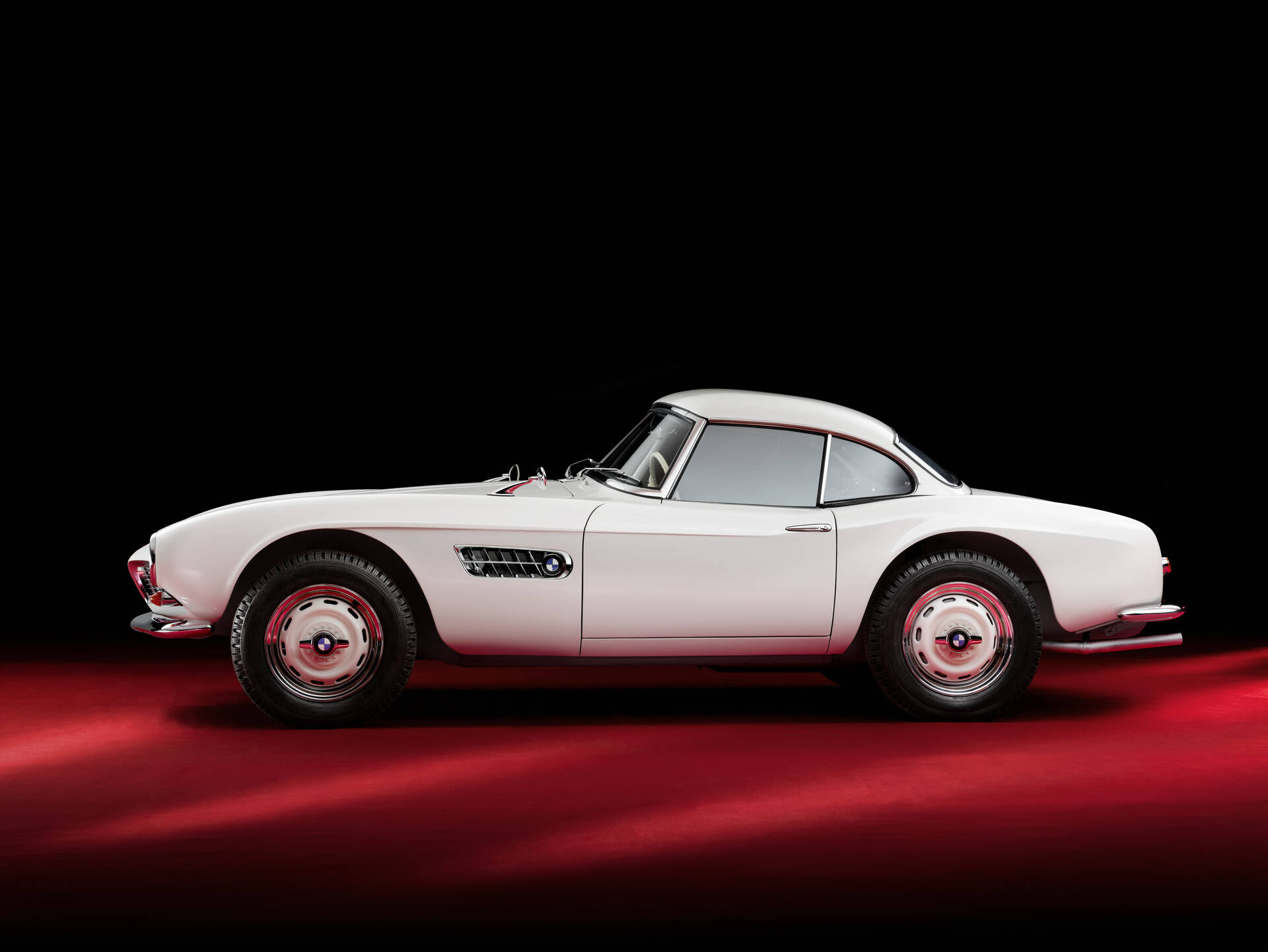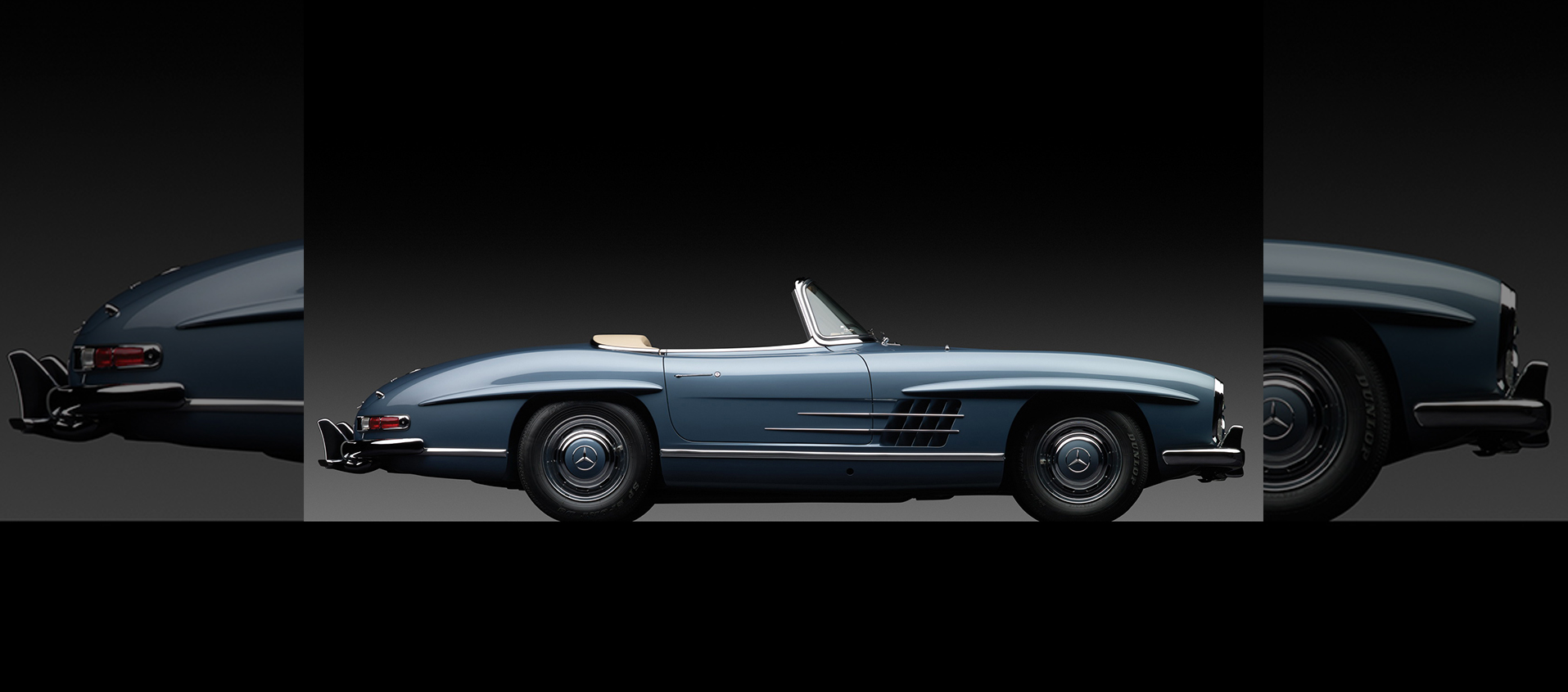1959 BMW 507 Roadster
07 May 2023 3 min read 3 images - INSIDE

BMW's history began in 1916 and its roots lie in the production of aircraft engines, an activity that filled the company’s order books in the early years and, thanks to its military connections, allowed it to expand. The technical know-how it gained during that period led first to the production of motorcycles, from 1923, and later to the assembly of cars. From the 1930s onwards, BMW passed through a very important period which included the launch of the 303, the first car equipped with the “double kidney” front grille that became a hallmark of the Bavarian brand, and with the first significant victories in international races with the 328, including the Mille Miglia in 1940. World War II inflicted a severe setback on BMW, which the Nazi’s first forced to stop production of cars and motorcycles in order to refocus on aircraft engines and, after the end of the conflict, when the Allies confiscated the Munich plant and three factories in the eastern part of Germany, which ended up in Soviet hands.
Register to unlock this article
Signing up is free and gives you access to hundreds of articles and additional benefits. See what’s included in your free membership. See what's included in your free membership.
Already have an account? Log In


